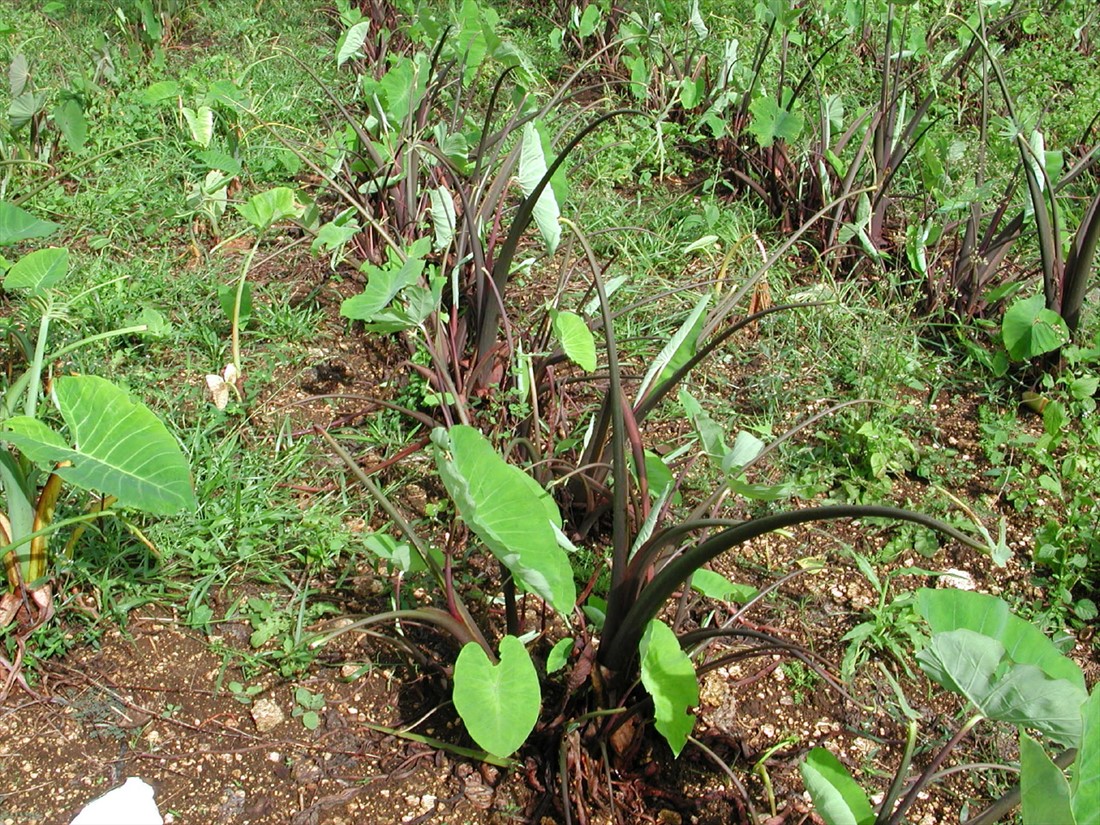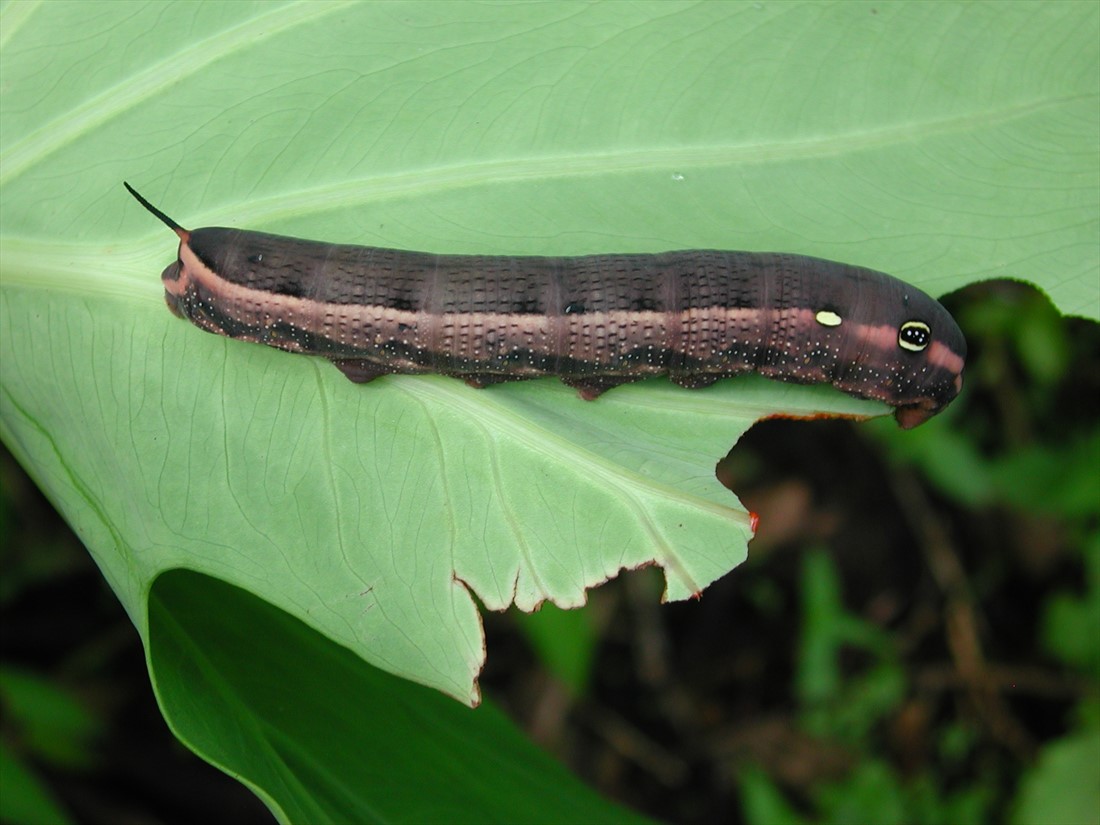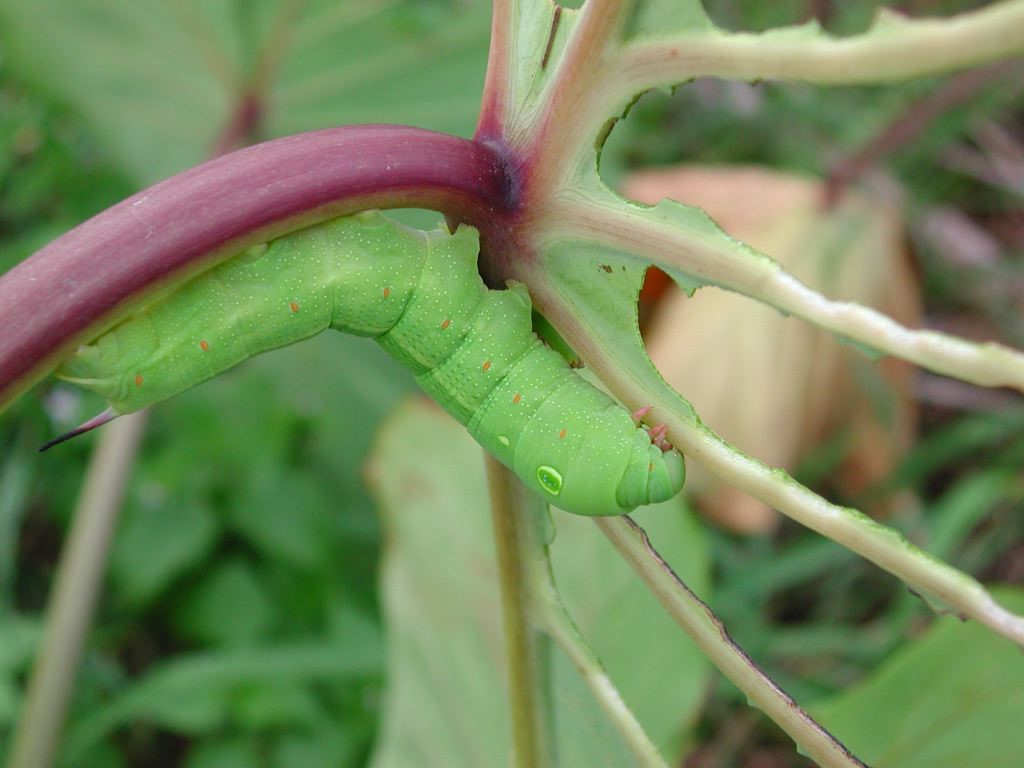taro hornworm life cycle
Their life cycle takes about a month to complete. Life cycle 1-4 years Females oviposits 15-20 eggs.
Taro Hornworm 5th Instar Project Noah
Most species pass the winter in soil or under garden waste as young larvae.
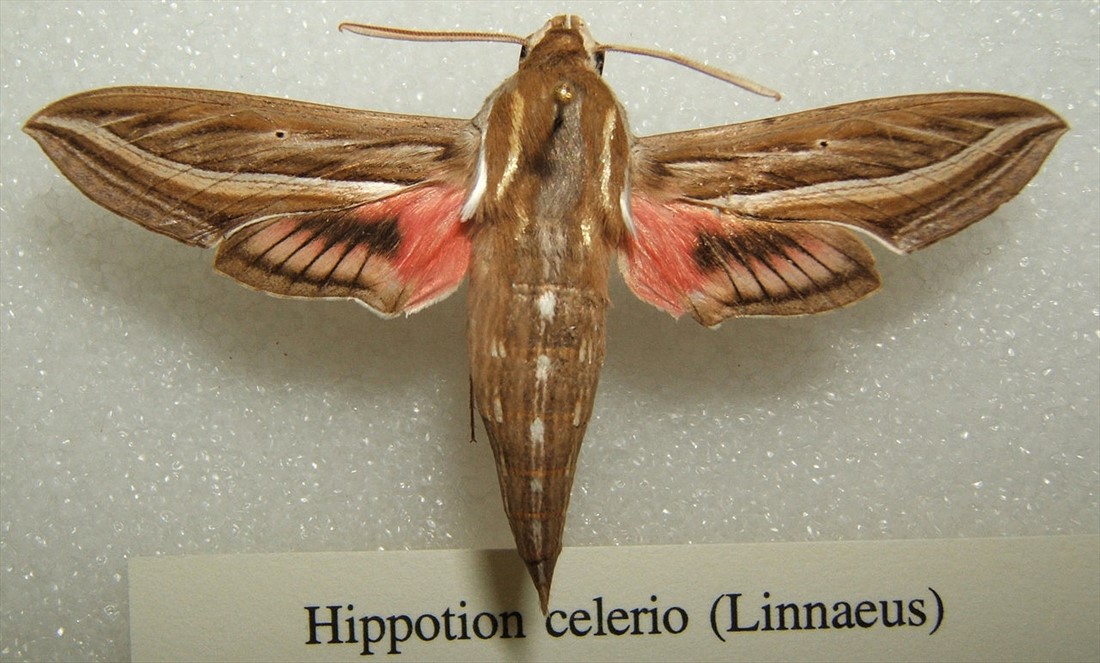
. Lower temperatures can prolong the life cycle while temperatures over 32 C 90 F can kill the organism. These pests feed on the plants in the Solanaceae family - eggplant pepper tobacco tomato and some other members. Often a fine webbing is produced by smaller larvae near these feeding sites.
Taro planthoppers were more abundant on fertilized plants but aphids and taro hornworm eggs were not affected by any treatment. Young taro plants may be killed although the older plants usually only lose a leaf or two. They eat and eat for four weeks then drop to the soil and dig down 5 inches to pupate.
Taro Hornworm Hi Erin We got lucky because when we quickly read your letter we thought the Sphinx Moth Caterpillar was photographed in Japan so we searched the subfamily Macroglossinae on a Japanese Sphingidae website because this caterpillar reminded us of some of the Eumorpha caterpillars in North America. The caterpillars feed on a variety of plants in the taro family. Hosts Taro sweetpotato and noni Morinda sp Symptoms Life Cycle.
During summer the entire life cycle is often completed in 30 days. Oviposition is usually on the underside of the leaves on which the larvae feed. The larvae molt several times and when fully grown pupate in.
These moths overwinter in the soil as dark brown pupae then emerge and mate in late spring. They are uncommon along the Gulf Coast but are a plague in almost any other location in North America. Taro hornworm 032 Common Name Taro hornworm Scientific Name Hippotion celerio Distribution Asia Africa Europe Oceania.
Plant and pupate in the soil. In the spring as temperatures warm they become active and begin feeding on plants at night remaining hidden during the day. Beet armyworm feeding on young tender growth can be very damaging to small transplants.
The tomato hornworm eggs are spherical and are whitish to light green in color. The adults emerge 2-3 weeks later fly mostly at night for long distances feed on nectar and are attracted to light. Adult form of Manduca sexta L the tobacco hornworm also known as a Carolina sphinx moth or hawk moth.
The eggs hatch in four to five days and the hornworm emerges. Newly emerged grubs feed for about 3 weeks before pupating in the soil. They lay their round greenish-white eggs on the undersides of leaves.
Apart from sweetpotato it also attacks eggplant grapes legumes pepper tomato and taro. In spring larvae migrate to the root area and feed on roots and tubers. Loathed by gardeners in its caterpillar stage the Manduca quinquemaculata or tomato hornworm has eight V-shaped marks on each side and a signature horn on the rear.
Towards pupation they move to the soil and form a cocoon at the surface. They resume activity in spring and begin to deposit eggs in soil near host plants. All plots showed some symptoms of iron.
Larvae feed actively all through the summer and become inactive in Autumn. The mature caterpillars drop off plants and. The life cycle takes about a month to complete in warm weather.
A female produces about 150 eggs placing them underneath the leaves of host plants. The tomato hornworm represents the larval stage of the five-spotted hawk moth sometimes known as the sphinx moth. The total life cycle ranges from 22 to 60 days.
They change their colour to green brown and occasionally yellow. When fully grown most larvae only emerge at night to eat. The life cycle can be completed in 30 to 50 days but it can be prolonged due to cold weather.
These moths then mate and lay eggs on the underside of the leaves of your vegetable plants. Several generations per year are possible. Pupal period is 5 to 26 days.
Pupation takes place in the soil. The tomato hornworm life cycle begins as the overwintering adults crawl out of the garden soil starting in late spring or early summer. Maintain a temperature of about 27 C 81 F throughout the larval stage.
Eggs are laid 1-8 inches deep in the soil Eggs hatch out into young larvae in about three weeks and feed on roots. The second experiment was planted in a deep clay soil with a more neutral Ph. A few days later eggs hatch.
To complete the life cycle in 30 days larvae must receive constant light or their pupal stage could last several months diapause. It is recorded from Australia Fiji Guam Kiribati Nauru New Caledonia New Zealand Papua New Guinea Samoa Solomon Islands Tonga and Vanuatu. These include Colocasia taro Alocasia taro and also various ornamental plants such as Cala dium and Amorphophallus.
Manduca sexta the tobacco hornworm closely resembles its tomato preferring cousin but shows seven diagonal white lines on its sides and a curved horn. The entire hornwormsphinx moth life cycle can happen as quickly as 30 to 50 days and several cycles may occur in one season given proper conditions. It begins with the eggs that hatch into larvae.
Females can produce eggs three to four days after emerging and mating and each female can produce many eggs some sources say up to 1000 in her lifetime of several weeks Deel 1999. Adult moths emerge two to four weeks later and lay a second generation of. Growth of the taro even when fertilizer was applied.

Taro Hornworm Caterpillar Stock Footage Video 100 Royalty Free 1010285927 Shutterstock

Non Stinger Caterpillar Database Download Scientific Diagram

Can Someone Identify This Hornworm I Want To Figure Out Its Final Transformation R Moths

Taro Hornworm Caterpillar Stock Footage Video 100 Royalty Free 1010285927 Shutterstock
Taro Hornworm 5th Instar Project Noah
Taro Hornworm 5th Instar Project Noah
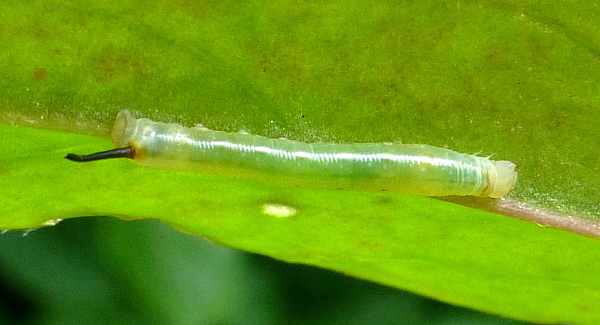
Sphingidae Of The Eastern Palaearctic Theretra Oldenlandiae Oldenlandiae
Taro Hornworm 5th Instar Project Noah
Taro Hornworm 5th Instar Project Noah

Pin By Butterflies Artists On Wild Kingdom Hornworm Hornworm Moth Moth
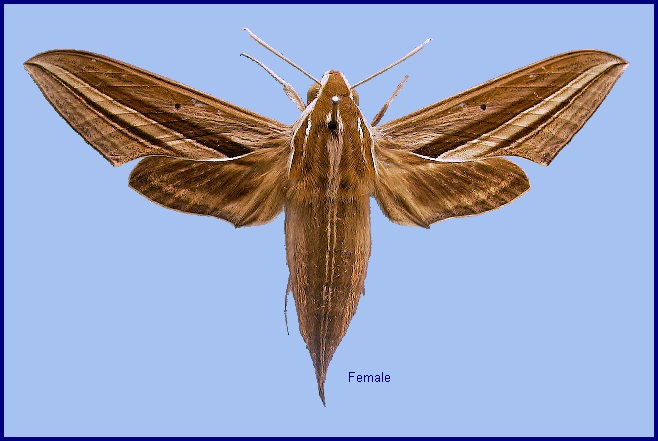
Sphingidae Of The Eastern Palaearctic Theretra Oldenlandiae Oldenlandiae
